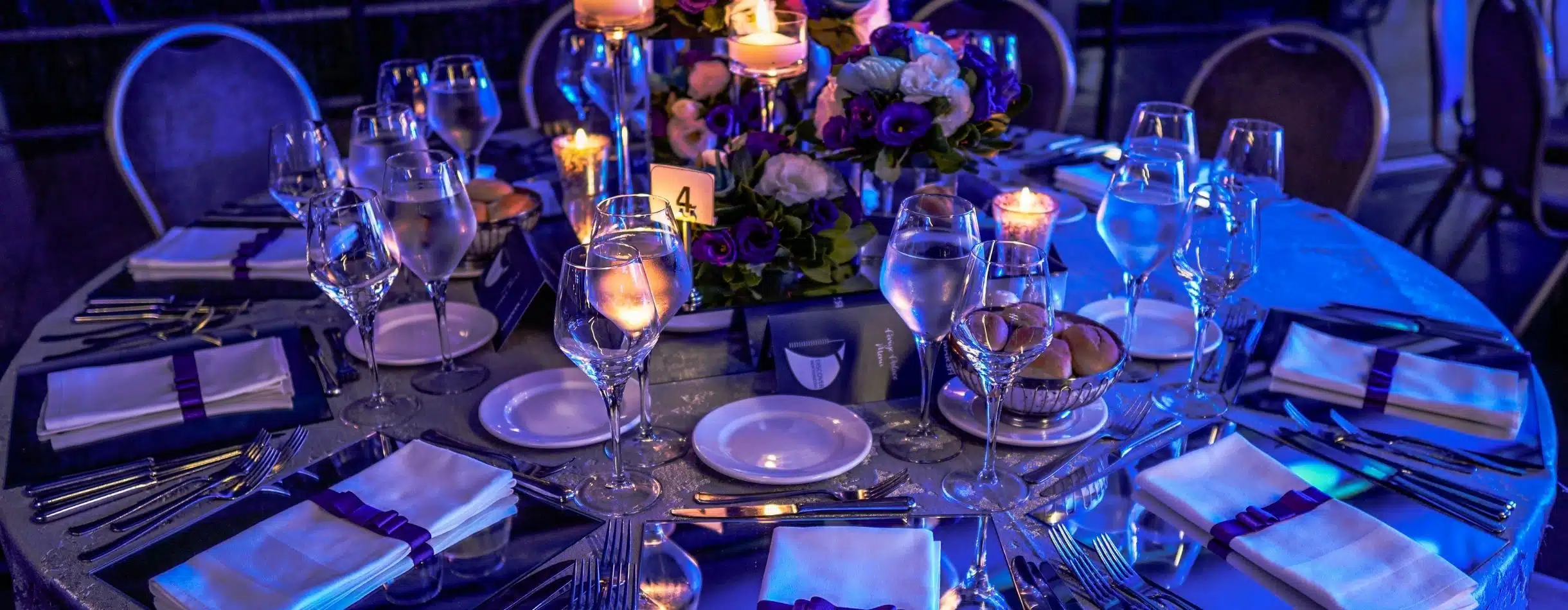Here's How To Increase Auction Revenue By Planting Donors At Your Nonprofit Gala



Donor plants jump up at your gala’s auction, raise their hand high, and start, or advance, the bidding.
A “donor plant” refers to a person who attends your gala / special event with the intention of making a significant donation. This person may or may not have prior affiliation with your nonprofit. They are strategically invited or placed at the event by you, the organizer, to encourage and inspire other attendees to donate generously.
Plants create energy and set the pace for other attendees to follow, and since the fall gala season is rapidly approaching, chances are good that this is timely counsel as you plan ahead for greater success.
Galas, either online or in-person, often feature a charity auction as the main event. Auctions work great within galas because guests can bid on their favorite items. Plus, your emcee or auctioneer can keep everyone upbeat and energized. Having a donor plant in the audience will help you raise more funds.
(Some readers prefer a silent auction and that’s a fine choice, but silent auctions don’t work for plants, so there’s that.)
Donor plants should usually be obtained from your current donor base, focusing on those donors who have wealth capacity as identified through prospect research.
Many plants are identified from the attendee lists of past events, the ticket purchasers, table sponsors, and auction bidders. Carefully comb your donor records. These individuals are usually well-connected, affluent, or have a reputation for philanthropy. They might include local business leaders, socialites, or other influential figures.
You should ask the prospect to serve as a plant BEFORE the event and get their agreement as to the exact range of their bidding. More on this in a bit.
Once you have identified the donor plant prospects, next complete prospect research on each one to determine their total giving, first gift, last gift, largest gift, interests, last contact, relationships, employment, date of birth, and other gifts to charity so as to pre-qualify your chosen prospects. The research will show you if they are a right fit to be a plant.
Once you identify a prospective new plant, call them, and ask them if they’ll meet you for a coffee. Keep the meeting informal but let them know clearly that you’re asking for the meeting to get their advice about a new approach to grow the auction. Do your best to avoid having a conversation over the phone. It’s simply better to ask for engagement and support in person.
The organizers extend invitations to these potential donor plants, often providing them with complimentary tickets or incentives to attend. In some cases, the organizers might also cover their expenses to ensure their participation.
If you already have plants at your gala auction, we recommend increasing the number each year by at least 50%. If you have two plants now, aim to secure four by next year, and keep adding them in subsequent years.
Sometimes, organizers might use donor plants to kickstart fundraising efforts by announcing that a donor plant has pledged a certain amount and is challenging others to match or exceed that donation.
In one recent gala, the auction goal grew from $80,000 to $115,000 by adding three new plants! In this case, the plants gave between $5,000 and $15,000 and the plant candidates were identified from past event attendees‘ ticket and table sales. Each one was researched to ensure that they had the capacity to give at a higher level.
The donor plants are strategically placed throughout the event. They might be seated at prominent tables, introduced during speeches, or featured in event materials. The goal is for other attendees to notice their presence and their willingness to donate.
Donor plants create a sense of social influence. When other attendees observe these individuals making significant donations, they may feel more inclined to do the same, as they want to be part of the perceived generosity and support for the cause. Without a doubt it’s more beneficial for nonprofit organizations to focus on cultivating genuine relationships with supporters who are passionate about their cause. Building a strong donor base of committed individuals who genuinely believe in the organization’s mission can lead to more sustainable and meaningful support over the long term.
Plants set the giving point for higher giving right at the start of the auction, but they should also jump in at giving lulls or plateaus. If the first person that bids gives $5,000, then the bar is set and goes up from there. You should know your attendees’ potential to give. If $5,000 is too high, start with an amount that is right for them.
Donor plants may engage in conversations with other attendees, sharing their enthusiasm for the organization’s mission and encouraging them to contribute. Their presence and interactions can create an atmosphere of giving and generosity.
The plant should engender engagement and action. The auctioneer should know who the plants are in advance, meet them and get to know them, so that he or she can turn to them if there’s a lull in bidding.
One nonprofit grew their plants by turning to their corporate council which had been under development for two years largely to serve this purpose. This nonprofit has twelve active local companies on their corporate council, and they strive for two reps from each company. The nonprofit honors one company per year and that company sponsors tables. The company executives agree to serve as plants for the auction. This strategy grew their gala’s net return by 45% in one year.
There is a dearth of material written about donor plants. If you have experiences or resources on this subject that you can share, we welcome your comments.
What’s been your experience with using donor plants?

Comments